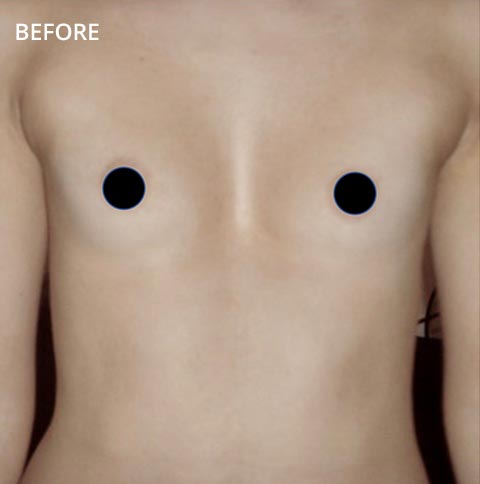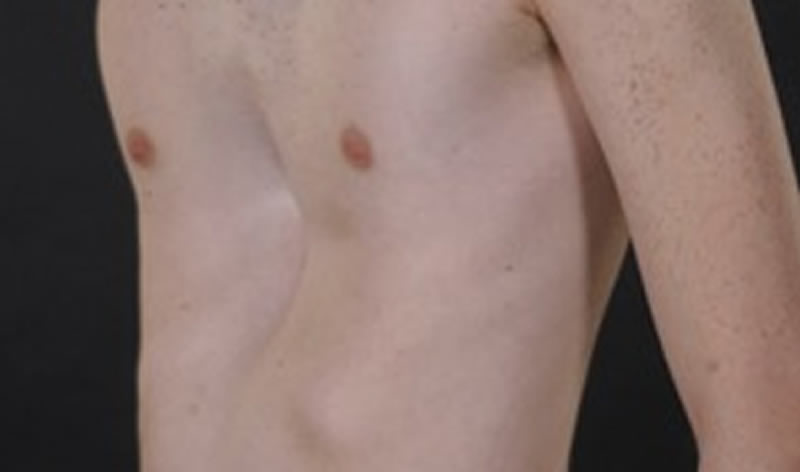pectus excavatum baby nhs
No of patients seen year. Rib flaring and pectus excavatum.
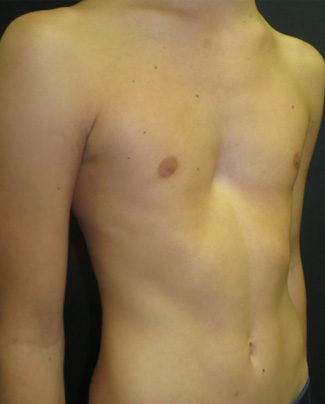
Pectus Excavatum Pectus Clinic
The cartilage pushes the breastbone sternum inward.

. Pectus excavatum funnel chest is when your childs breastbone is pressed inwards and they have a dip between their ribs. According to a 2015 study the most common problems pregnant females with pectus excavatum face are. Pectus anomaly describes a deformity with the sternum breastbone.
Pigeon chest develops differently in different people. 1000 children and is four times as common in. Pectus Excavatum can appear as a symptom of Marfan syndrome a genetic disorder of the bodys connective tissue or sometimes alongside scoliosis curvature of the spine.
Also called funnel chest pectus excavatum is more common in boys than in girls. What is pectus excavatum and its symptoms. Pectus excavatum PECK-tuss ex-kuh-VAW-tum is a condition that causes a childs chest to look sunken or caved in It happens because of a defect in the tough connective tissue cartilage that holds the bony part of the ribs to the breastbone.
Pectus Excavatum in Babies. Pectus excavatum affects about 1 in. Pectus excavatum occurs in approximately 1 out of 4001000 children and is three to five times more common in males than females.
Surgery can correct the deformity. What is pectus excavatum. In the majority however it occurs following a growth spurt.
The condition is not always noticeable at birth but is often apparent by the time a child is 2 to 3. Pectus carinatum pigeon chest is when part of your childs breastbone is pressed outwards or raised up. It can push forward the top side or bottom of the breastbone so that it sticks out.
Boys as in girls. Special interest in chest wall deformities and their repair. Usually the ribs and sternum go outward at the front of the chest.
Instead of being level with the ribs the breastbone sternum is sunken so that the middle of the chest looks caved in. The primary problem is a deformity of the costal cartilages which develop in a concave position and depress the sternum towards the vertebral column. Pectus carinatum also known as pigeon chest in which the.
This causes a depression in the chest that can range from mild to severe. It may be asymmetrical with the right side deeper. Severe cases of pectus excavatum can eventually interfere with the function of the heart and lungs.
Pectus excavatum PE and pectus carinatum PC are the most common of these. Pectus excavatum also known as funnel chest is a condition in which instead of being level. Also a common thing is sharp chest pain especially while.
But even mild cases of pectus excavatum can make children feel self-conscious about their appearance. No of operations year. The condition is also called sunken.
Pectus excavatum tends to occur at or soon after birth in some people. There can be anatomical changes that happen during pregnancy like the elevation of the diaphragm. The methods of repair for pectus excavatum are the NUSS and the modified Ravitch technique.
The deformity may be symmetrical the same on both sides or may be more prominent on one side of the chest. The sternum is secured in the correct position with one or more metal bars or a mesh. In creating this policy NHS England has reviewed this clinical condition and the options for its treatment.
Sunken so that the middle of the chest looks. This is caused by abnormally shaped ribs. Shortness of breath especially while exercising Constant cough.
Pectus excavatum is a congenital deformity of the chest wall that causes several ribs and the breastbone sternum to grow in an inward direction. Pectus excavatum funnel chest is a condition where the front of the chest is sunken. This may be an isolated abnormality.
Although it is often in teenage years. Pectus excavatum also known as concave chest or funnel chest is a deformity of your childs chest wall. With pectus excavatum the sternum goes inward to.
The condition is the most common congenital wall deformity. This causes a depression of the sternum and the chest has a sunken in or funnel chest appearance. The condition affects more boys than girls.
Pectus Excavatum can be noticeable soon after birth. It usually first develops during a rapid growth spurt in children and adolescents aged 10 and older. The deformity may be the same on both sides or may be more prominent on one side of the chest.
Pectus abnormalities cover a range of deformities affecting the anterior chest wall specifically the sternum and adjacent rib cartilages. Asymmetrical shapes of the deformity are more common in older patients and not babies. Pectus excavatum is also known as funnel chest.
Pectus excavatum is caused by the abnormal growth in the chest of the connective tissues cartilage that attach the breastbone sternum to the ribs. PE or funnel chest appears as a depression of the sternum. This information from Great Ormond Street Hospital GOSH is about pectus excavatum also known as funnel chest.
The cause of pectus excavatum is not known however it can run in families with up to 25 percent of affected patients reporting chest wall abnormalities in other family members. The bars are generally removed at 18. Why does it occur.
The breastbone or sternum and some of the ribs grow abnormally causing a depression in the middle of the chest. Royal Devon Exeter Foundation NHS Trust Barrack Road Exeter Devon EX2 5DW. Both or just one side of the breastbone may be affected.
Pectus excavatum affects about one in 1000 children and is four times as common. It has considered the place of this treatment in current clinical practice whether scientific. Recent studies revealed that pectus excavatum in babies may be genetic.
The deformity can result in increased pressure on the heart and lungs during the growing period. Pectus excavatum is a condition in which instead of being level with the ribs the breastbone sternum is sunken so that the middle of the chest looks caved in. The condition is usually apparent at birth and worsens with time.
Surgery for pectus deformity all ages NHS England will not routinely commission surgery for pectus deformity in accordance with the criteria outlined in this document. There is a lot of discussion amongst doctors about the best treatment for significant rib flaring as the standard surgical treatment for a pectus excavatum a NUSS procedure see Surgery may not improve rib flaring and some reports have suggested it may even make it more pronounced though once the pectus is corrected over time the flaring. It may be familial.
Pectus excavatum affects about one to three in a thousand children. Pectus excavatum is the most common congenital deformity of the chest wall. Across the pectus allowing the cartilages to be removed and the sternum made mobile enough to bring it either forwards in the excavatum type or backwards carinatum type to correct the pectus.
Pectus excavatum also known as funnel chestsunken chest in which the sternum is sunken inwards and the chest looks hollow. With the ribs the breastbone sternum is. Pectus excavatum affects about 1 in 1000 children and is four times as common in boys as in girls.
Pectus excavatum is a congenital chest wall deformity that is caused by growth abnormality of the cartilage that connects the ribs to the breastbone sternum.

Locband Plagiocephaly Journeys Support Post Facebook

Pectus Excavatum My Tips For Organizing Surgery And Finding An Insurance Cover Hubpages
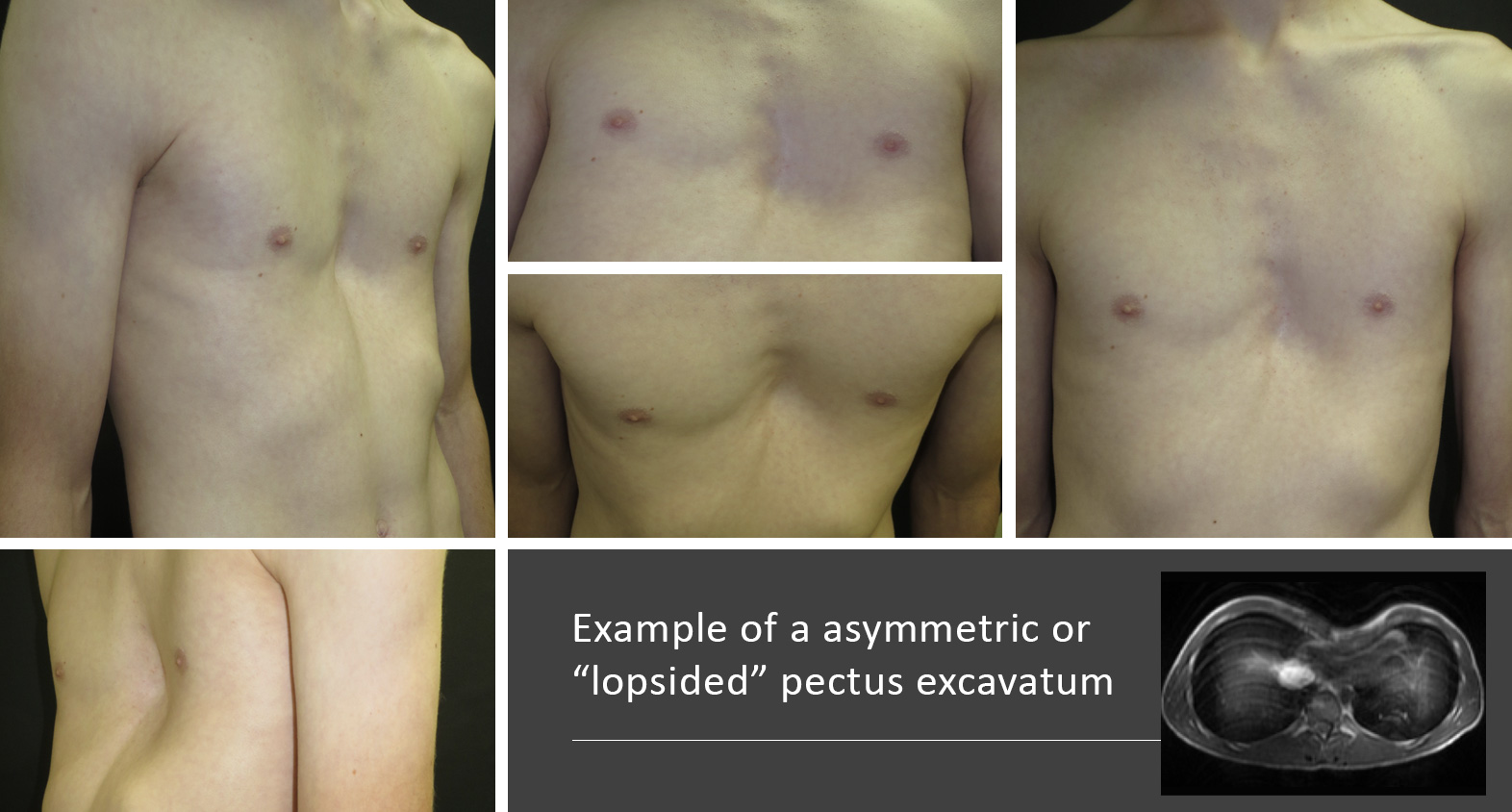
Pectus Excavatum Pectus Clinic

Newborn Care Chest And Abdomen Philadelphia Fight
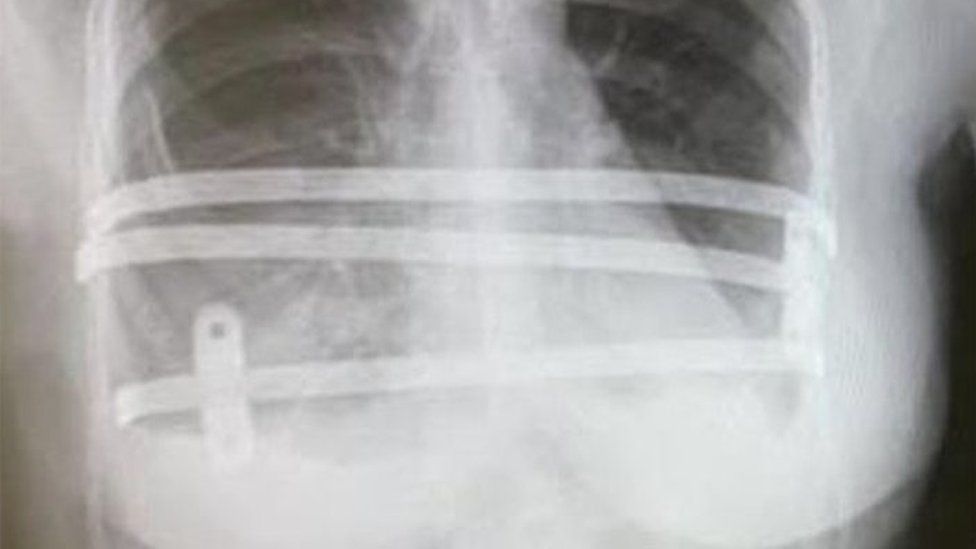
Sunken Chest Syndrome Nhs U Turn Call For Depressed Patients Bbc News

Pectus Carinatum Pigeon Chest Asthma Lung Uk
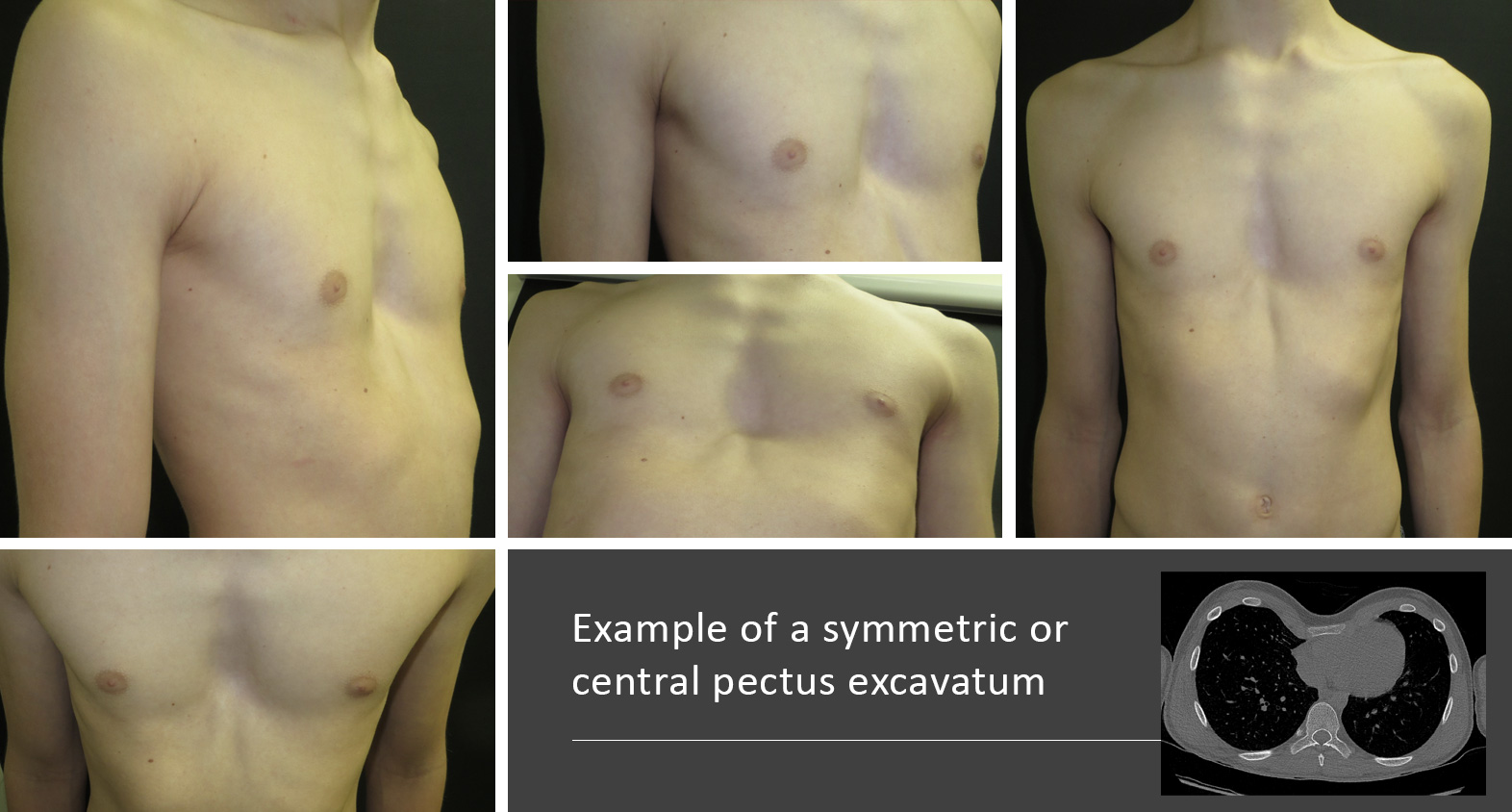
Pectus Excavatum Pectus Clinic

Discover Pectus Excavatum Surgery S Popular Videos Tiktok

Chest Wall Deformity British Association Of Paediatric Surgeons

Pectus Excavatum Funnel Chest Asthma Lung Uk

Pectus Excavatum Funnel Chest Asthma Lung Uk

Sunken Chest Syndrome I M Being Strangled Inside Bbc News

This Little Girl Has Pigeon Chest And Needs A Special Brace Not Available On The Nhs Wales Online

Pectus Implant London Poland Syndrome Implant Centre For Surgery

An Extensive Guide To Pectus Excavatum Find Expert Advice
